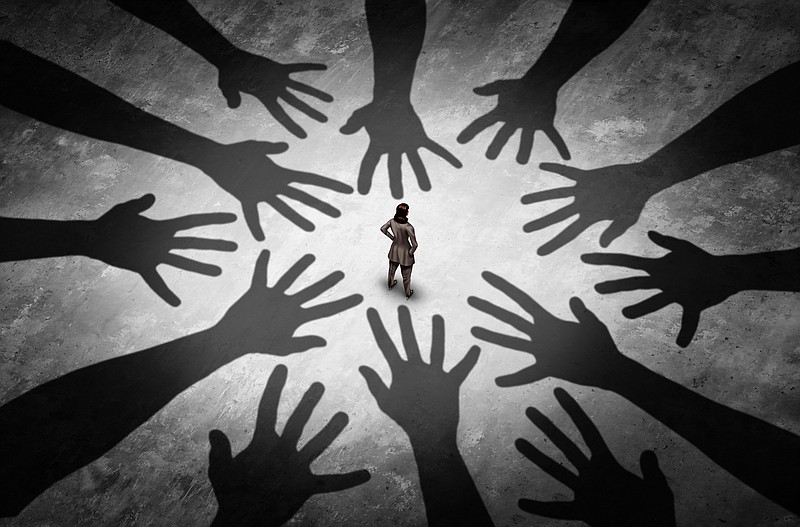For many years, it was my tradition as a reporter to compile a list of self-help books in January to help readers of The Atlanta Journal-Constitution get their New Year's resolutions off to a winning start.
It started in 2012 and, with the exception of a few skipped years, lasted nearly a decade. I could say I was doing it in service of readers but if I'm being honest, my motivations were selfish.
I wanted to know how to make real change in my personal life, in my community and, when I was really thinking big, in the country and maybe the world.
Many of us spend our time jumping from one obligation to the next, dividing our time between so many tasks and goals in our professional and personal lives that we may find it difficult to make significant headway.
We know that positive, long-lasting change takes time, focus and consistency. We set ambitious goals but are confused about how to achieve them. In some cases, we aren't even clear about our underlying motivations.
Dr. Pamela Epps, a licensed clinical psychologist in Decatur, says the first step is to spend time understanding your goals or resolutions.
"When people set their resolutions or decide to make changes, part of that is a reaction to something they have been told isn't OK about them. The first thing to think about is why a person wants to make change," she said.
Once you get to the history of why you have a goal, you must decide if achieving the goal will make you happy. Only then, said Epps, can you begin the work of taking small steps to change your behavior in ways that move you closer to where you would like to be.
Epps gave the example of someone who wants to increase their social connections, a worthy goal to address the lingering pandemic-era isolation that many people feel. Instead of telling yourself you will make five friends in a week, maybe you take your laptop to a coffeehouse to work rather than working alone at home. For those who want to reach peak fitness, instead of setting a goal to run a marathon, focus on doing some type of movement each day that brings you joy.
Breaking a daunting task into smaller pieces is a universal strategy for forward progress. I finally understood the reason why this works when I came across the work of BJ Fogg, founder of Stanford University's Behavior Design Lab.
In 2019, Fogg released "Tiny Habits: The Small Changes that Change Everything" in which he synthesized years of research on more than 40,000 people into what he calls "Behavior Design."
Fogg concluded that there are only three things that will change behavior in the long term: have an epiphany, change our environment or take small steps.
All behaviors, whether good and bad, are comprised of the same elements -- motivation, ability and prompt, he wrote.
Behavioral change happens when those three elements come together at the same moment. Motivation is the desire to behave in a certain way. Ability is the capacity to do it. And prompt is the cue to do it.
If your motivation is high, you are more likely to change. If your ability is low, you are less likely to make the change. But motivation and ability work together. If you only have a little motivation, then you need a lot of ability. If you have little ability, then you need a lot of motivation. And you always need a prompt to get started.
Often when someone tries to change a behavior, they jump right into managing their motivation but that's the most difficult element to change, Fogg argues, because motivation is unreliable.
In the troubleshooting hierarchy, the first thing to do is determine if you have a good prompt, then decide if you can do the behavior. Motivation is the final element you should address.
Understanding what is driving our behaviors is key to identifying habits that we want to change and are able to change before breaking them into the tiny steps that lead to long-lasting new behaviors.
The beauty of Fogg's method is that it can be applied to any type of behavioral change.
It can help you start a new habit or get rid of an old one.
It can apply to professional or personal goals.
It can work for individuals or groups.
Fogg's strategy may not be the right fit for everyone, but I've decided to give it a try along with a few other models for making change. If I've learned anything in all these years writing about self-help, it is that one strategy doesn't fit all.
Epps said finding community with similar goals or sharing your journey toward change with a supportive accountability partner can help you stick to your goals when your commitment wavers. It also helps to be kind to ourselves, she said.
Most importantly, if you fall short of your goal, remember that you can treat every day like a new year.

